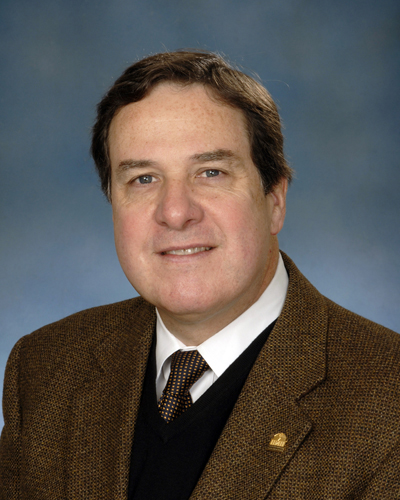January 23, 2019

The Central Maryland Area Health Education Center Expansion Will Provide Greater Access to Interdisciplinary Health Education Resources
The Baltimore Area Health Education Center (BAHEC) has been renamed the Central Maryland Area Health Education Center (Central Maryland AHEC) and has expanded beyond Baltimore City and Baltimore County to five other Maryland counties including, Harford, Carroll, Anne Arundel, Howard, and Prince George's Counties.
The Central Maryland AHEC is based out of UMSOM's Midtown campus. The state's two other centers serving underserved communities include: AHEC West, located in Cumberland, Maryland and the Eastern Shore AHEC, located in Cambridge, Maryland.
The center was established in 2003. Central Maryland AHEC is one of three AHECs within Maryland AHEC Program, a community engagement and impact initiative supported by the University of Maryland School of Medicine (UMSOM), with funding from Health Resources & Services Administration.
"This expansion will help provide important educational resources for health professionals throughout Central Maryland, said Richard Colgan, MD, Professor of Family and Community Medicine and Program Director for the Maryland Area Health Education Center (MAHEC).
With the new expansion, Central Maryland AHEC will continue to implement strategies to increase health equity in the Baltimore area as well as apply these strategies throughout Central Maryland according to the center's Executive Director Paula Blackwell. "The boundaries separating Central Maryland counties are fluid and the leading health indicators are similar, most notably cardiovascular disease, diabetes, and opioid abuse. Although the demographics may differ, many of the social determinants of health are the same," said Ms. Blackwell.
With this expansion, health professions students training throughout Central Maryland will have greater access to interdisciplinary health education opportunities, such as the Opioid Response Program. In addition to increasing student access to training, the expansion permits Central Maryland AHEC to facilitate clinical rotations and inter-professional clinical education in areas of Central Maryland that are experiencing primary care clinician shortages.
"One of Central Maryland AHEC's strategic priorities is to recruit primary care physicians in the expansion counties. We are especially looking for physicians professionally invested in training medical students to practice in communities experiencing social challenges", Blackwell said.
"The University of Maryland School of Medicine is committed to supporting programs and training needed for community health services, particularly in areas such as addiction treatment. We are equally committed toward promoting training for primary care services," said E. Albert Reece, MD, PhD, MBA, Executive Vice President for Medical Affairs, UM Baltimore, and the John Z. and Akiko K. Bowers Distinguished Professor, and Dean, University of Maryland School of Medicine.
Learn More
About the University of Maryland School of Medicine
Now in its third century, the University of Maryland School of Medicine was chartered in 1807 as the first public medical school in the United States. It continues today as one of the fastest growing, top-tier biomedical research enterprises in the world -- with 43 academic departments, centers, institutes, and programs; and a faculty of more than 3,000 physicians, scientists, and allied health professionals, including members of the National Academy of Medicine and the National Academy of Sciences, and a distinguished recipient of the Albert E. Lasker Award in Medical Research. With an operating budget of more than $1 billion, the School of Medicine works closely in partnership with the University of Maryland Medical Center and Medical System to provide research-intensive, academic and clinically-based care for more than 1.2 million patients each year. The School has over 2,500 students, residents, and fellows, and more than $530 million in extramural funding, with most of its academic departments highly ranked among all medical schools in the nation in research funding. As one of the seven professional schools that make up the University of Maryland, Baltimore campus, the School of Medicine has a total workforce of nearly 7,000 individuals. The combined School and Medical System ("University of Maryland Medicine") has an annual budget of nearly $6 billion and an economic impact more than $15 billion on the state and local community. The School of Medicine faculty, which ranks as the 8th highest among public medical schools in research productivity, is an innovator in translational medicine, with 600 active patents and 24 start-up companies. The School works locally, nationally, and globally, with research and treatment facilities in 36 countries around the world. Visit medschool.umaryland.edu
Contact
Office of Public Affairs
655 West Baltimore Street
Bressler Research Building 14-002
Baltimore, Maryland 21201-1559
Contact Media Relations
(410) 706-5260
